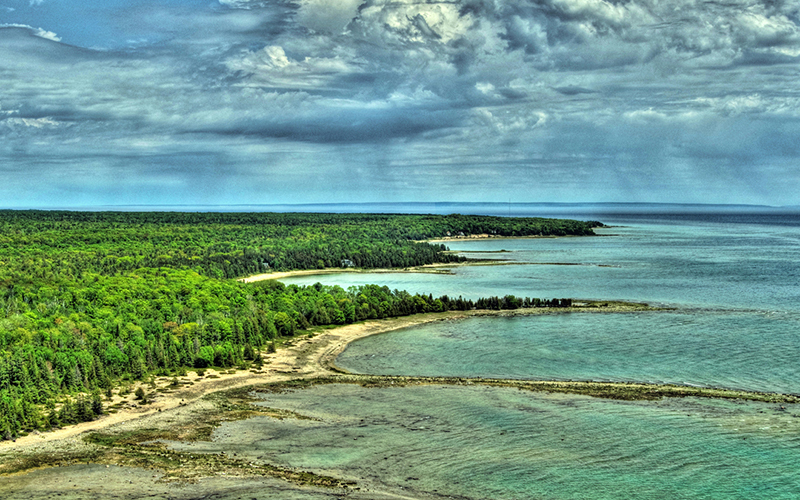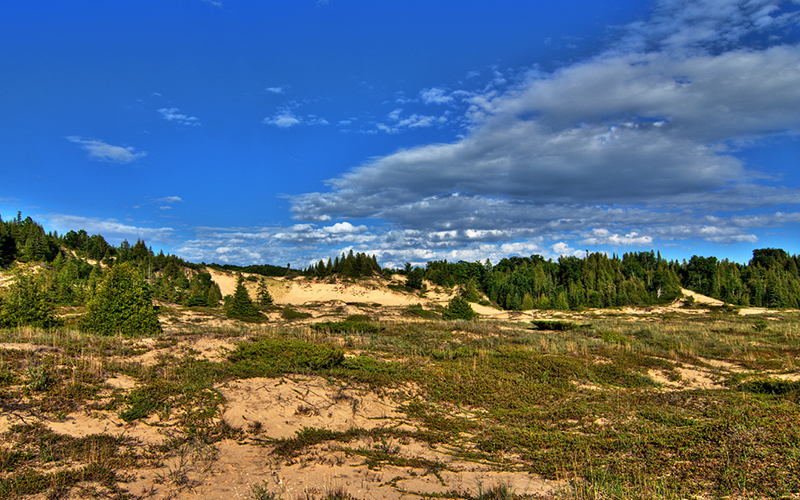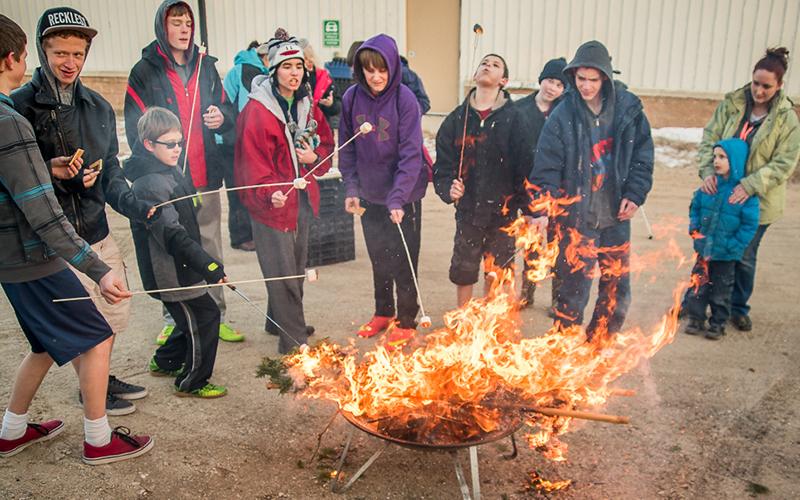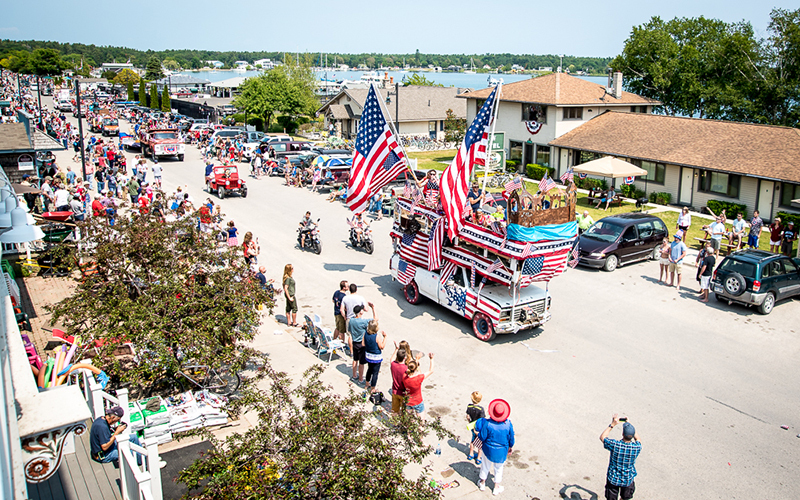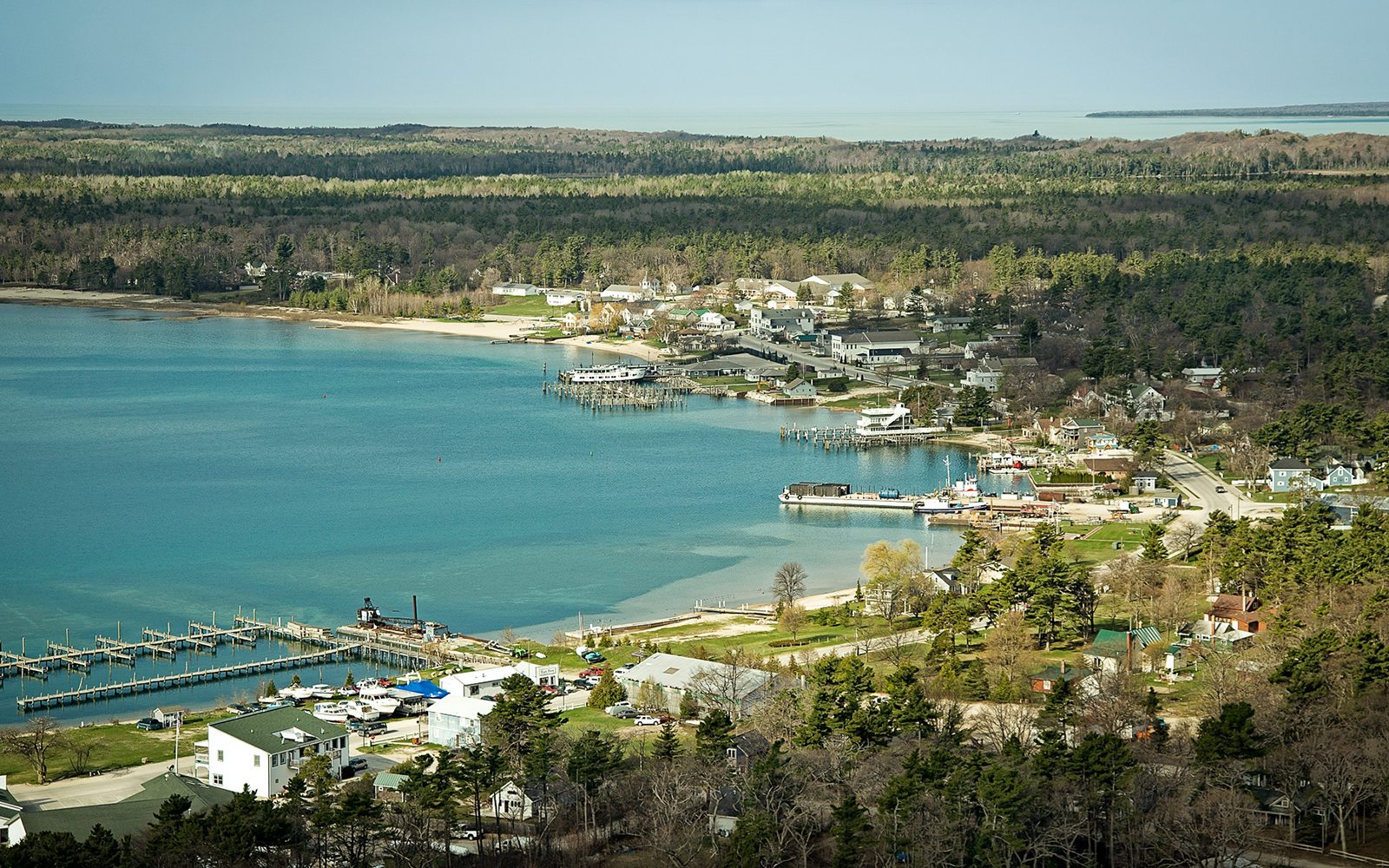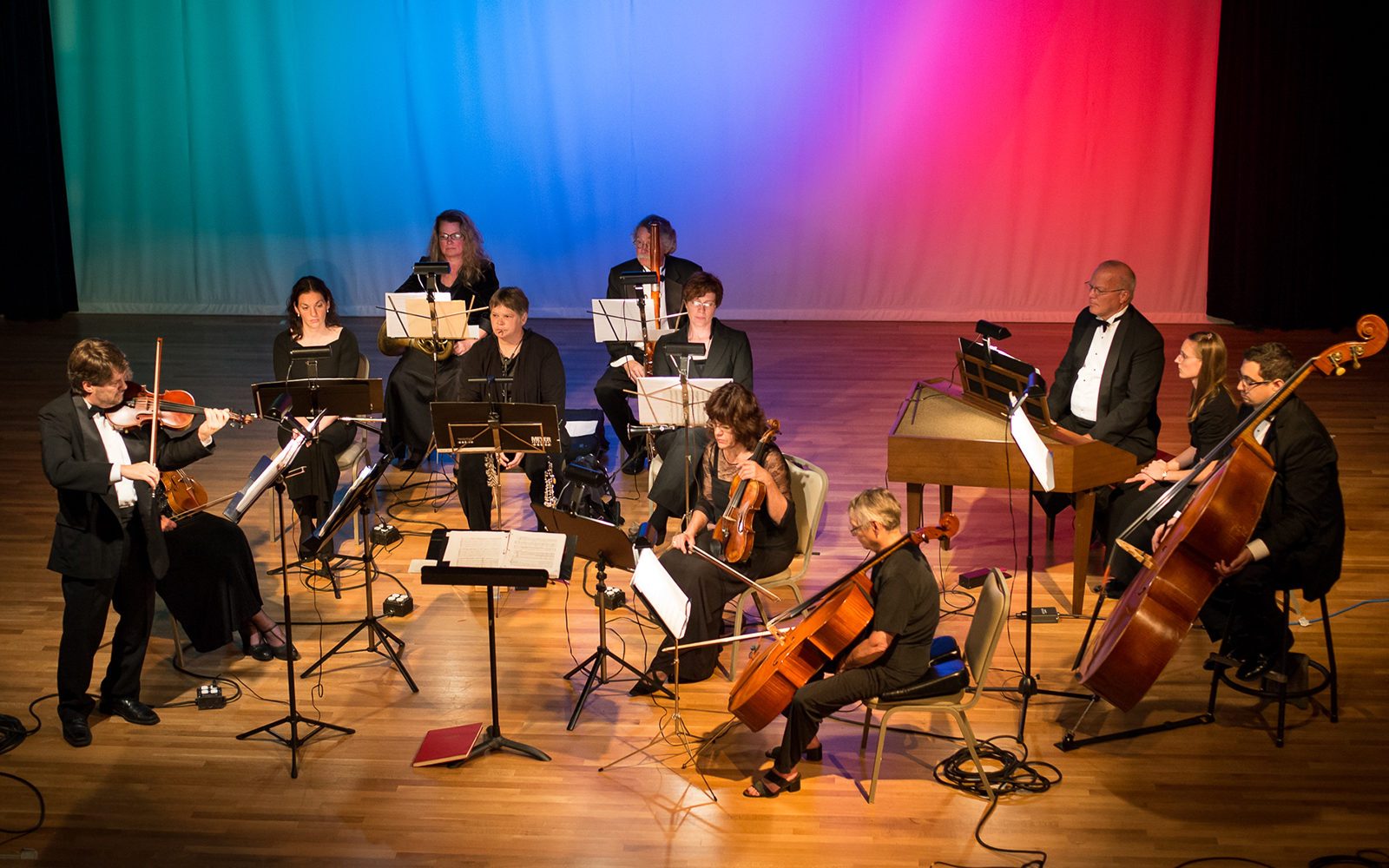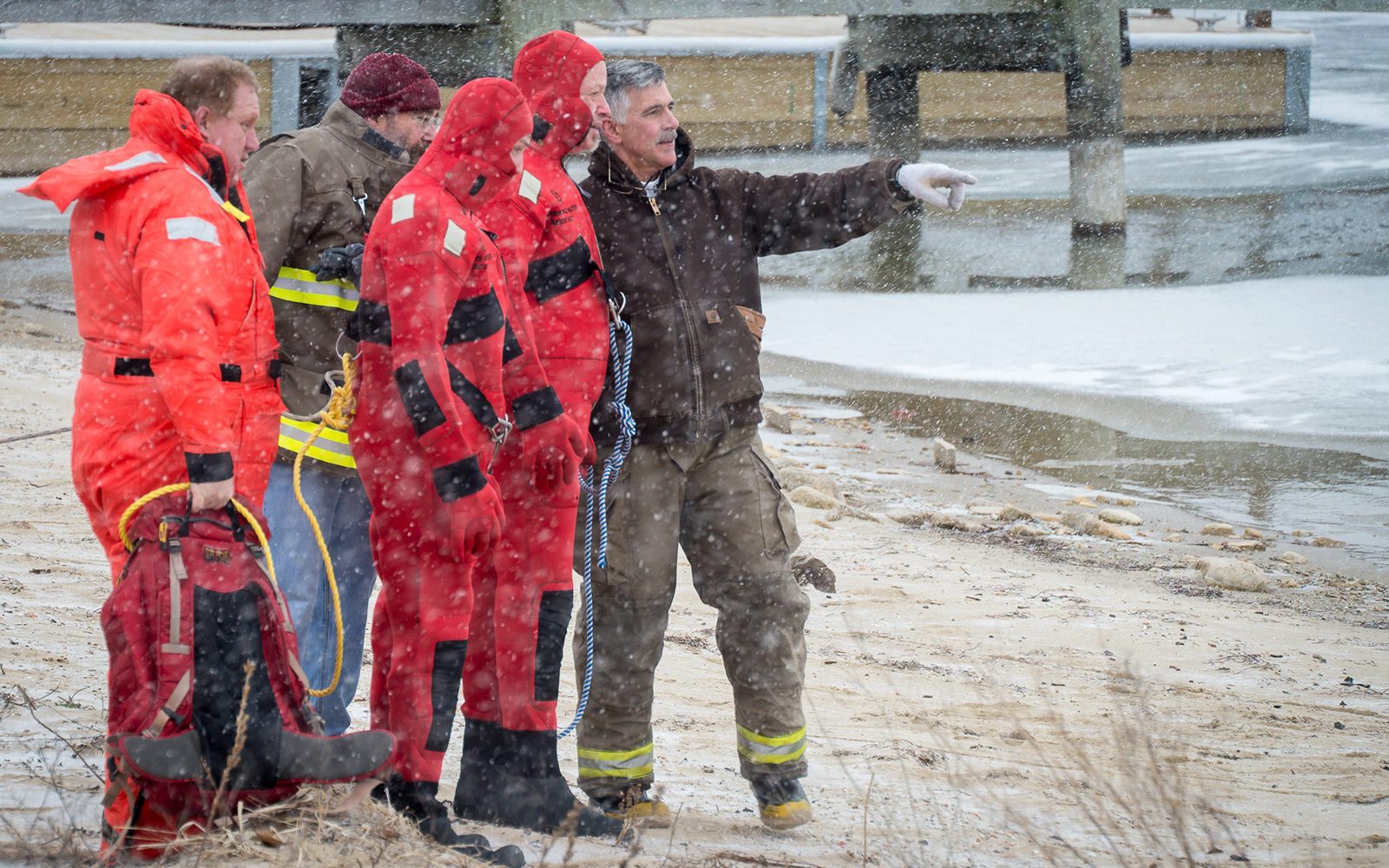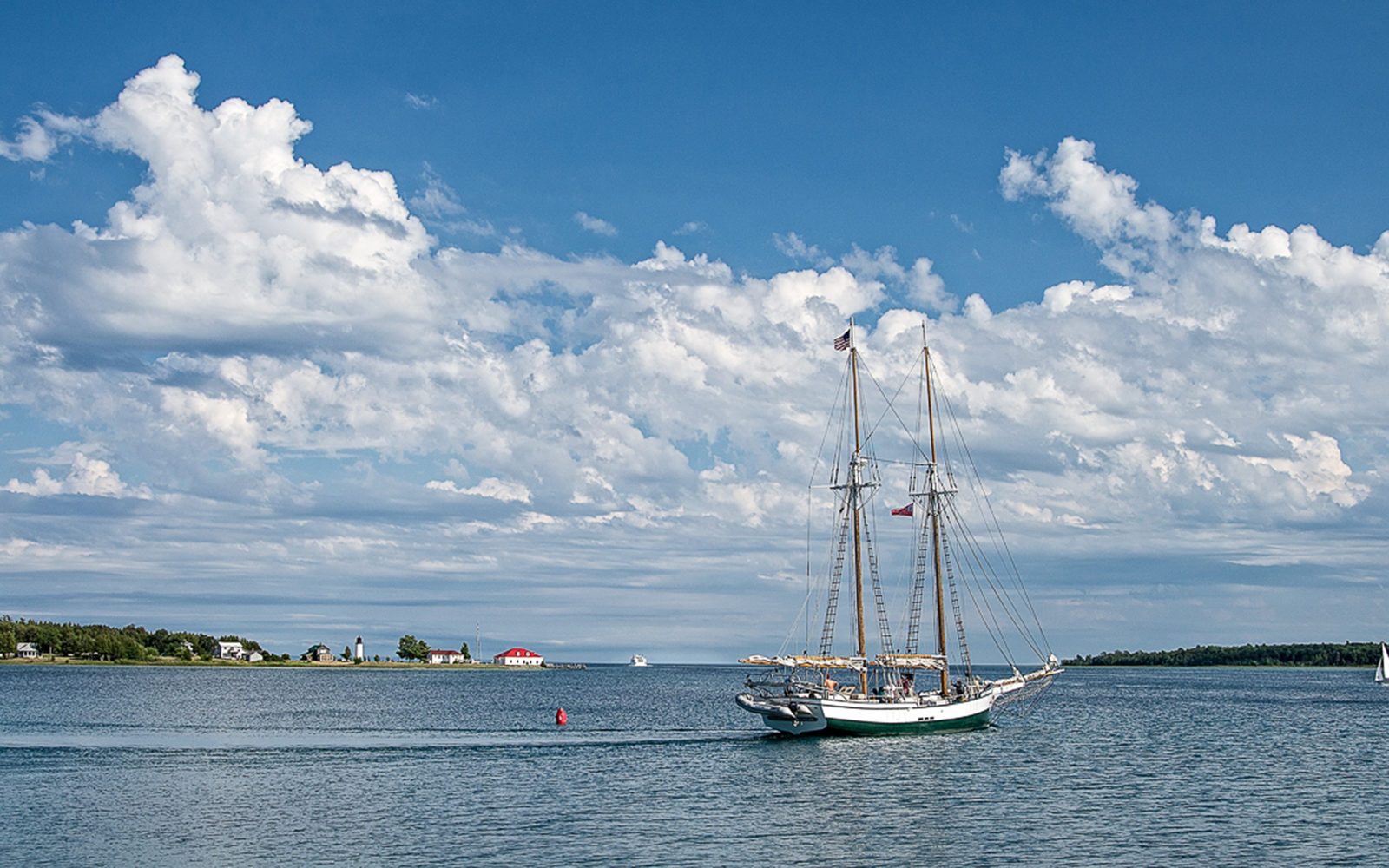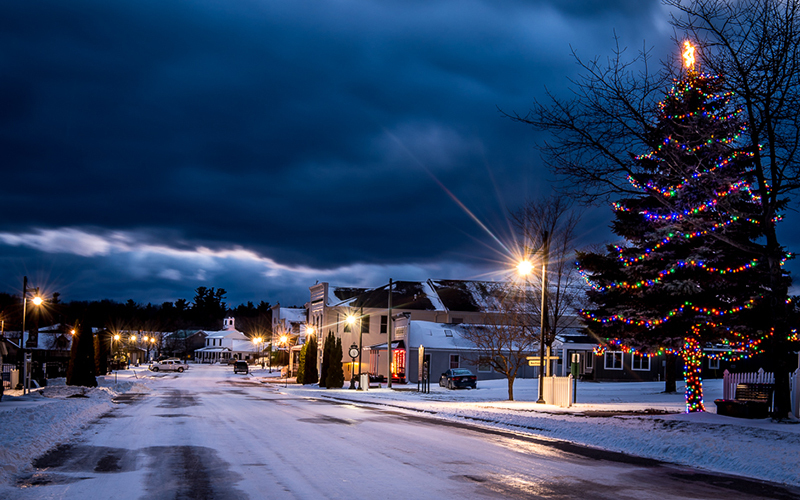
America’s Emerald Isle
Beaver Island
Beaver Island has been known for generations as America’s Emerald Isle; settled in the nineteenth century primarily by Irish immigrants, the Island’s cerulean waters, beautiful forests, and verdant fields held poignant echoes of their distant homeland. That idyllic sense of place resonates just as clearly for present-day visitors and residents as it did for those early non-native settlers.
Located thirty-two miles off the coast of Charlevoix in Lake Michigan, Beaver Island is served by ferry and barge service as well as two airlines. With its rich hardwood forests, dense cedar swamps, dynamic dune landscapes, and secluded bogs and fens the island houses an amazing diversity of wildlife and plant species—some of which are endemic to small areas of the Great Lakes and found nowhere else in the United States. Migrating birds find in the archipelago an array of diverse habitats which serve as a critical stopover site and offer birders twelve thousand acres of readily accessible public lands. The night sky itself puts on a brilliant show with a procession of celestial objects undimmed by mainland light pollution.
For those seeking to immerse themselves in history, Beaver Island’s rich past includes not only an early Irish fishing community, but also vestiges of Native American inhabitation, and the turbulent story of a doomed Mormon kingdom, along with a short but intense lumbering boom.
Today, islanders are proud to share their community’s abundant resources with visitors. Two township boards govern Beaver Island while a long list of non-profit organizations support community missions. A community center provides year-round hospitality and events as well as housing WVBI, the only island-based radio station in the Great Lakes. Beaver Island Community School provides a quality education for grades K-12. Health care is provided by the Rural Health Center, with two full-time nurse practitioners and a physician assistant, and a sheriff’s deputy, volunteer fire department, and emergency medical service provide for the safety of residents and visitors alike.
Beaver Island also has a rich musical heritage, and events from Baroque on Beaver to the Beaver Island Music Festival celebrate that history. Two historic lighthouses, several museums, and a public library provide rich context to island life. Central Michigan University offers educational and research opportunities during the summer at a state of the art biological station which houses the Institute for Great Lakes Research.
The island’s rich bounty of morels, blueberries, raspberries, cranberries, and apples offer plentiful rewards to foragers, while the archipelago shorelines and seven interior lakes offer fishing opportunities and unparalleled water recreation for outdoor enthusiasts. Along with all this natural abundance comes the responsibility for the care of the plants, animals, and habitats of the island. Islanders frequently join forces with the State of Michigan, various non-profits, and the Little Traverse Bay Bands of Odawas in conservation efforts, community work that reinforces an already strong sense of community and place.
This sense of stewardship and pride runs deep among island inhabitants. A survey respondent during the recent master planning process cited the island’s “remoteness…history, tranquility…and unspoiled beauty” as reasons for living here. Indeed, many of the same attributes that made Beaver Island special 150 years ago continue to charm today. As we like to say, “Once you get sand in your shoes, you’ll always want to come back.”


